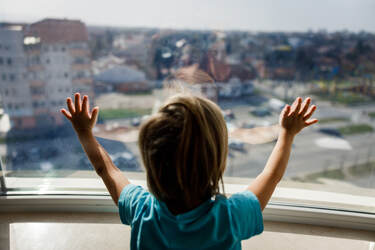There are two different aspects of isolation that often practiced:
- By physically isolating the child, the offender reinforces his/her relationship with the child by creating situations in which they are alone together (like a private lesson after school, babysitting, individual coaching, “special” trips). This time alone could be used to emotionally isolate the child.
- The offender may repeat in several occasions that he/she loves and understands the child in a way that others, even their parents, cannot. The adult can start to tell the child that no one cares for them the way they do, not even their parents. This creates a false belief of dependency towards the offender.
- By physically isolating the child, the offender reinforces his/her relationship with the child by creating situations in which they are alone together (like a private lesson after school, babysitting, individual coaching, “special” trips). This time alone could be used to emotionally isolate the child.
- The offender may repeat in several occasions that he/she loves and understands the child in a way that others, even their parents, cannot. The adult can start to tell the child that no one cares for them the way they do, not even their parents. This creates a false belief of dependency towards the offender.
What can you do if you start to feel isolated or if you see an isolated kid?
Well, the short answer is: reconnect. Reconnect with the ones around you or encourage someone to talk to other kids or family members.
Additionally, as an adult, to reconnect with your intuition helps a lot to break the emotional isolation.
Well, the short answer is: reconnect. Reconnect with the ones around you or encourage someone to talk to other kids or family members.
Additionally, as an adult, to reconnect with your intuition helps a lot to break the emotional isolation.

